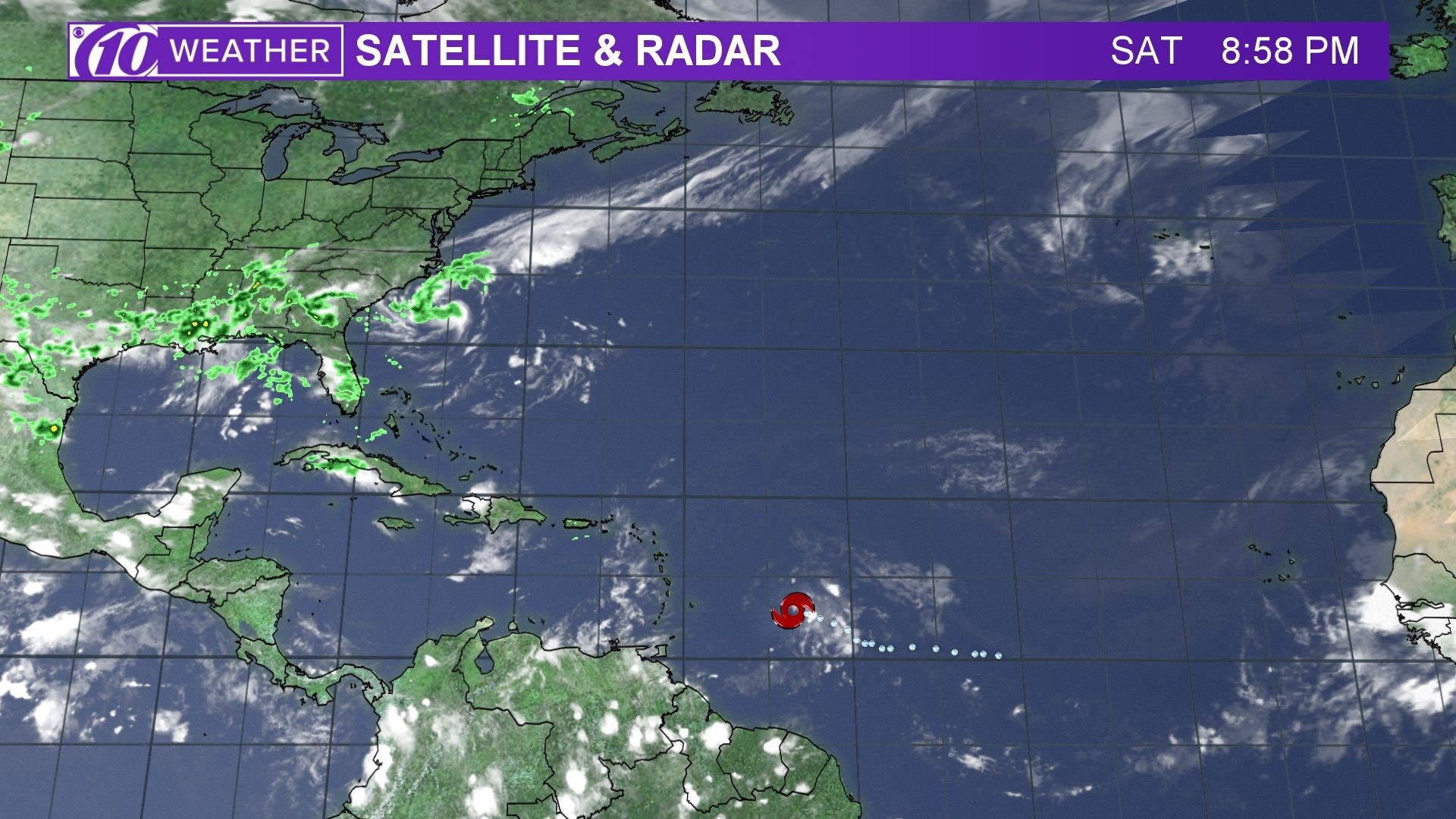Spaghetti Models for Beryl

Spaghetti models for beryl – Spaghetti models, also known as ensemble forecasts, are a valuable tool for analyzing tropical cyclones like Beryl. These models generate multiple forecasts for the storm’s track and intensity, providing a range of possible outcomes.
Spaghetti models for Beryl provide a glimpse into its potential path, offering insights into its direction and intensity. To better understand the context of these models, it’s essential to explore where is beryl headed. By considering the factors that influence Beryl’s trajectory, we can gain a deeper understanding of the spaghetti models and their implications for its future development.
The benefits of using spaghetti models for Beryl analysis include:
- Comprehensive view: Spaghetti models provide a comprehensive overview of the potential paths and intensities of the storm, allowing forecasters to make more informed decisions.
- Uncertainty quantification: The spread of the spaghetti models indicates the level of uncertainty in the forecast, which can help users understand the potential risks associated with the storm.
However, spaghetti models also have some limitations:
- Computational cost: Running multiple forecasts can be computationally expensive, especially for high-resolution models.
- Ensemble bias: Spaghetti models can be biased towards certain outcomes, which can lead to overconfidence in the forecast.
Commonly used spaghetti models for Beryl include:
- GFS Ensemble: The GFS Ensemble is a global ensemble forecast system that provides spaghetti models for a variety of weather phenomena, including tropical cyclones.
- ECMWF Ensemble: The ECMWF Ensemble is another global ensemble forecast system that is widely used for tropical cyclone forecasting.
- HWRF Ensemble: The HWRF Ensemble is a regional ensemble forecast system that is specifically designed for tropical cyclone forecasting in the Atlantic and eastern Pacific basins.
Applications of Spaghetti Models in Beryl Analysis: Spaghetti Models For Beryl

Spaghetti models are powerful tools that can be used to analyze Beryl data. They can help to identify patterns and trends, and can be used to make predictions about future behavior.
Identifying Patterns and Trends, Spaghetti models for beryl
One of the most important applications of spaghetti models is to identify patterns and trends in Beryl data. This information can be used to make informed decisions about how to manage Beryl.
For example, spaghetti models can be used to identify trends in Beryl prices. This information can be used to make decisions about when to buy and sell Beryl.
Making Predictions
Spaghetti models can also be used to make predictions about future behavior. This information can be used to make decisions about how to prepare for future events.
For example, spaghetti models can be used to predict the likelihood of a Beryl storm. This information can be used to make decisions about whether to evacuate or stay in place.
Case Studies
There are many case studies that demonstrate the successful application of spaghetti models in Beryl analysis. One example is the use of spaghetti models to predict the path of Hurricane Katrina.
The spaghetti models used in this case study were able to accurately predict the path of the hurricane, which helped to save lives and property.
Best Practices for Using Spaghetti Models for Beryl

Spaghetti models are valuable tools for Beryl analysis, but their accuracy and effectiveness depend on several factors. Here are some best practices to consider when using spaghetti models for Beryl:
Data Quality and Preparation
The quality of the data used in spaghetti models significantly impacts their accuracy. Ensure that the data is:
- Complete: No missing or incomplete data points.
- Accurate: Free from errors and inconsistencies.
- Relevant: Directly related to the Beryl analysis being conducted.
- Consistent: All data points use the same units and formatting.
Proper data preparation involves cleaning, transforming, and normalizing the data to ensure its suitability for spaghetti modeling.
Interpreting and Visualizing Spaghetti Model Results
Spaghetti models generate a range of possible outcomes, represented by individual lines or “spaghetti strands.” Interpreting these results requires careful consideration:
- Ensemble Mean: The average of all spaghetti strands provides an estimate of the most likely outcome.
- Spaghetti Spread: The width of the spaghetti spread indicates the uncertainty associated with the prediction.
- Outliers: Extreme spaghetti strands may represent unusual or unlikely scenarios.
Visualizing spaghetti model results using charts or graphs can help decision-makers understand the range of possible outcomes and their likelihood.
Spaghetti models are colorful and helpful weather forecasting tools that show possible paths of storms. If you’re worried about Beryl’s potential impact on Florida, you can check out spaghetti models for Beryl at will beryl hit florida. Spaghetti models can give you an idea of where the storm might go, but it’s important to remember that they’re just one tool and the actual path of the storm may vary.